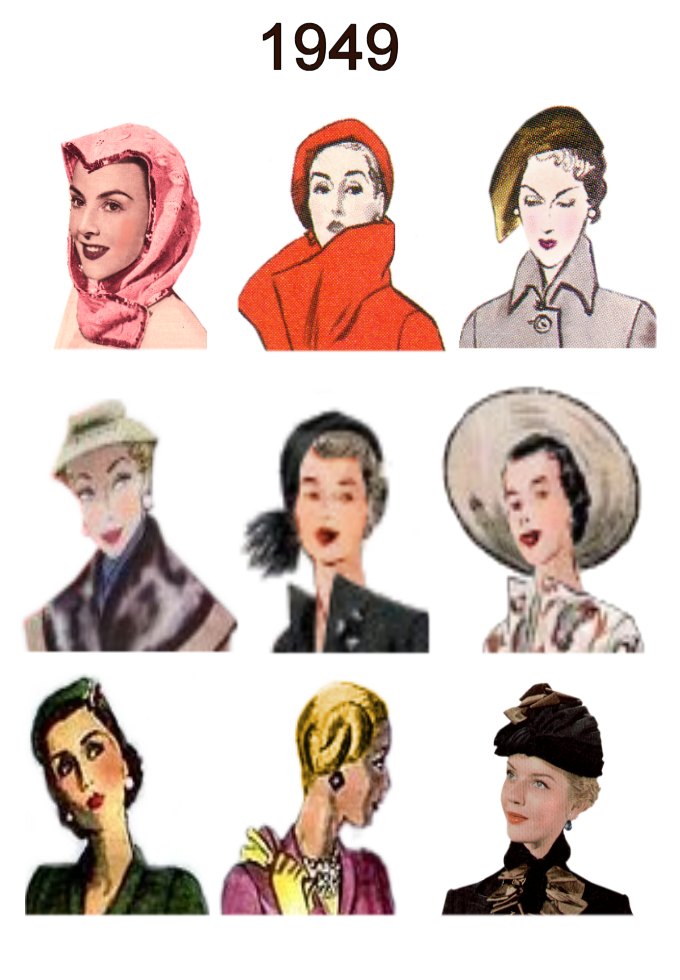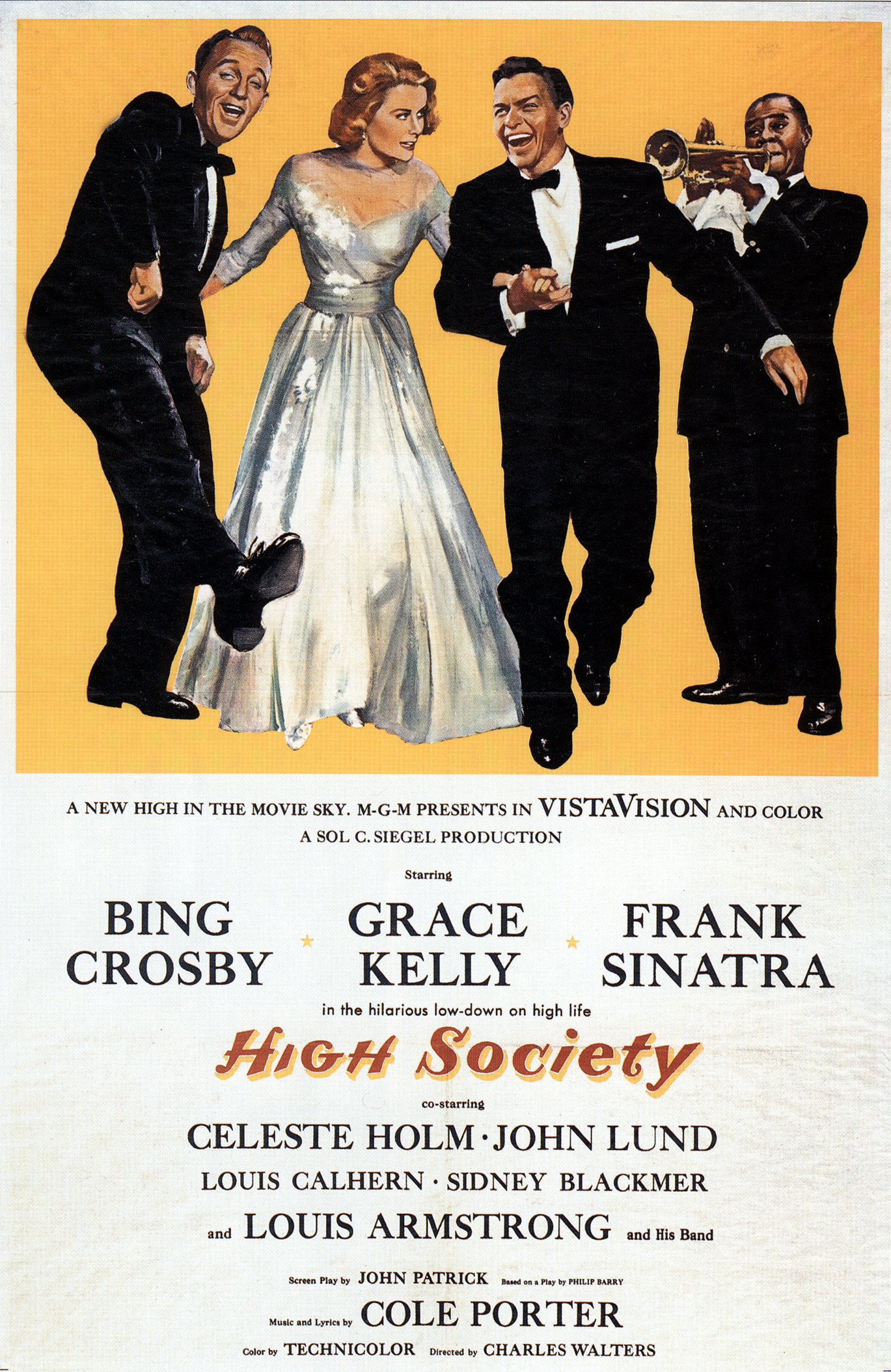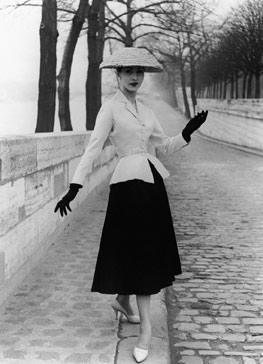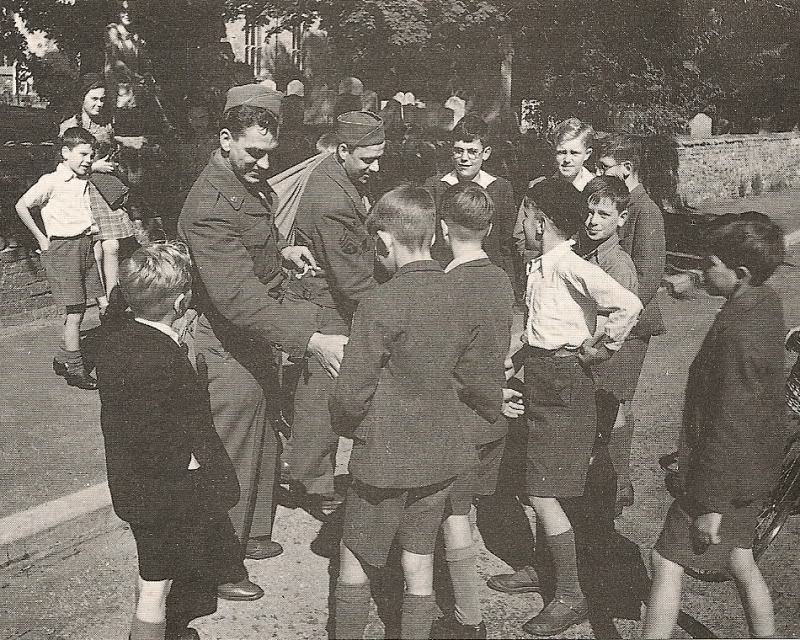 After the war people didn't know what to do the soldiers were back and they had danced themselves dizzy. At first the fashion industry was struggling to catch up with the times and there was a confused few years in which many people just wore whatever they felt like, nothing whatsoever happened until...
After the war people didn't know what to do the soldiers were back and they had danced themselves dizzy. At first the fashion industry was struggling to catch up with the times and there was a confused few years in which many people just wore whatever they felt like, nothing whatsoever happened until...1947 when Christian Dior revived the "new look" the full hourglass was back. This new collection was the opposite of the masculine work wear women wore for the war or the boyish figure of the Twenties.
Women could be feminine again.
Also in 1947 the first bikini was made this meant that holidaying increased in popularity.
1950 a new decade was born and the teenager emerged. Like in the twenties the decade was about youth and optimism.These adolescents brought in a brand new era with the help of a pelvis thrusting king. Rock "n" Roll had arrived!
Slightly nearer in Argentina Eva "Evita" Peron was bringing up a storm in the fashion world as wife of Peron; the President of the country she couldn't be seen without her haute couture fashion. The icon was portrayed by Madonna in a musical version of her life.

 Glamour was becoming huge in the films there were icons like Grace Kelly, Audrey Hepburn and possibly the most famous icon...
Glamour was becoming huge in the films there were icons like Grace Kelly, Audrey Hepburn and possibly the most famous icon...
Marilyn Monroe.
Marilyn starred in many films like Some Like It Hot, The Seven Year Itch and Gentlemen prefer Blondes with Jane Russel.
These women were huge style icons and women everywhere were(and still are) copying their glamorous images like the the extravagant fuchsia dress in Gentlemen Prefer Blondes (copied by Madonna in her material girls video).
 Hollywood really outdid themselves for movies in the fifties there were loads of films made that have an impact on todays society. These are films like Singing in the Rain with Gene Kelly (with that dance routine) and High Society with Frank Sinatra ad Bing Crosby.
Hollywood really outdid themselves for movies in the fifties there were loads of films made that have an impact on todays society. These are films like Singing in the Rain with Gene Kelly (with that dance routine) and High Society with Frank Sinatra ad Bing Crosby.Frank Sinatra coincidentally was part of another fashion impact as part of the Rat Pack along with Dean Martin, Sammy Davis Jr and occasionally Humphrey Bogart.
These guys wore slick suits and were often caught carrying a cocktail of some strange concoction. Either this or a cigarette.

 Dior was doing well for himself in the meantime he created the pencil skirt, princess line seam and what was known as coolie hats; wide brimmed hats. These little details helped to create the perfect housewife.
Dior was doing well for himself in the meantime he created the pencil skirt, princess line seam and what was known as coolie hats; wide brimmed hats. These little details helped to create the perfect housewife.Floral dresses and tiny pinafores also helped to create this image. As well as stiletto heels designed by Andre Pereugia.
The housewives were as feminine as was humanely possible. Their sole purpose was to cook and clean while wearing petticoats and pastels of every shade. Sound ridiculous? It was but at the time it seemed right.
Unlike this during the Fifties racial prejudice started to seep out in the cracks of American society. Although more pronounced in the Sixties a change was definitively beginning. Black men wore Zoot Suits; high waisted trousers with wide legs and lapels. Often coupled with wide brimmed fedora hats.

 Blue jeans were popularized by James Dean and Marlon Brando in the movies and they became the uniform for the youth.
Blue jeans were popularized by James Dean and Marlon Brando in the movies and they became the uniform for the youth.There were many different groups that younger people joined mainly the Greasers and the Teddy Boys the Greasers wore leather jackets and rode motor bikes the teddy boys wore coloured suit jackets and drove cars...a bit of a difference really.
Whatever group they belonged in the lads were known as tough and streetwise.
In the world of art a new art movement arrived Pop Art meant strong black lines, bright colours and abstract ideas; although touched upon with the teddy boys jackets the movement didn't enter fashion until the sixites.











